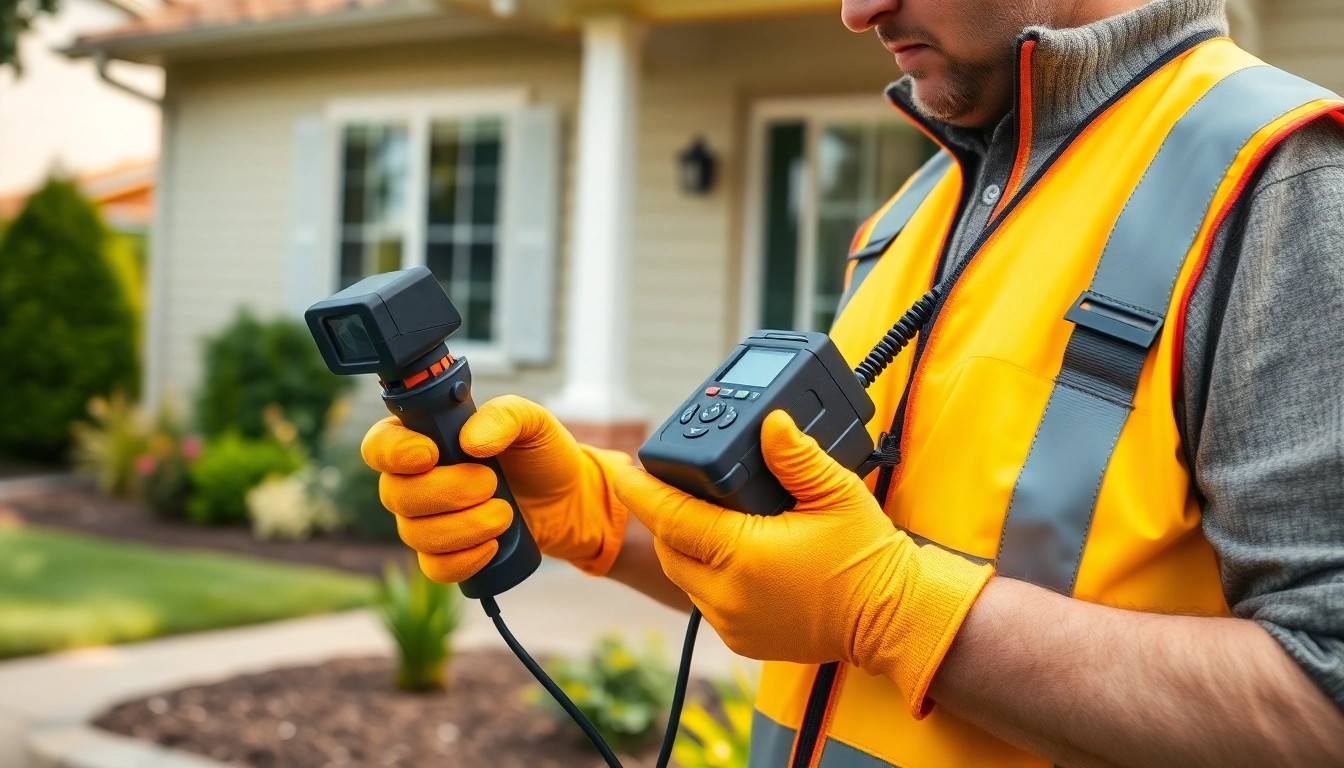Effective Termite Treatments to Protect Your Home from Infestation

Understanding Termite Treatments
Termite treatments are an essential part of maintaining the integrity of any home or building. These pests can cause extensive damage, often going unnoticed until it’s too late. Various treatments are available, ranging from preventive measures to active control solutions. For anyone searching for effective termite treatments, understanding the types, methods, and importance of early detection is crucial.
What are Termite Treatments?
Termite treatments refer to a range of interventions designed to eliminate or prevent termite infestations in residential and commercial properties. These treatments aim to either eradicate existing colonies or create barriers to prevent new infestations. The method chosen typically depends on the type of termite involved, the extent of the damage, and the preferences of the homeowner.
Types of Termite Treatments Available
There are two primary categories of termite treatments: preventive and curative.
- Preventive Treatments: These are proactive measures taken to keep termites away. They usually involve soil treatments, installation of physical barriers, and regular inspections.
- Curative Treatments: If termites have already infested a property, curative treatments are required. This can involve liquid chemical applications, baits, or a combination of both.
The Importance of Early Detection
Identifying a termite problem before it escalates can save homeowners significant costs and stress. Early detection allows for more straightforward treatment options and minimal damage.
Recognizing Signs of Termite Infestation
Homeowners should be aware of early warning signs, such as:
- Soft or hollow-sounding wood
- Mud tubes on walls, foundations, or in the basement
- Swarmers or discarded wings near windows and doors
- Frass or termite droppings, which resemble sawdust
Benefits of Regular Inspections
Regular termite inspections by professionals can lead to early detection of infestations, thereby reducing the potential for extensive damage. Such inspections are crucial for areas known for termite activity. A comprehensive inspection typically includes examining the foundation, attics, walls, and plumbing areas.
How Termite Treatments Can Save You Money
Investing in termite treatments, whether preventative or curative, can result in significant savings. The cost associated with repairing structural damage can outstrip the expense of treatment many times over. Expert treatment can ensure long-term protection, which translates into less financial strain in the future.
Common Methods of Termite Treatments
Understanding the common methods of termite treatments can help homeowners make more informed decisions concerning their property.
Liquid Chemical Treatments
Liquid chemical treatments involve applying termiticides to the soil around and under structures. These chemicals create a barrier that is toxic to termites. Homeowners can choose between two main types of liquid treatments:
- Pre-Construction Treatment: Often applied to new homes during construction to deter potential infestations.
- Post-Construction Treatment: Used to treat existing homes where infestations have been noted.
Termite Bait Systems
Baiting systems are designed to attract termites to a bait station that contains a slow-acting insecticide. These systems are installed around the property’s perimeter and can be an excellent way to monitor termite activity and eliminate colonies.
Physical Barriers and Exclusion Techniques
Physical barriers can be an effective preventive measure. This includes installing stainless steel mesh or sand barriers during construction, which termites cannot penetrate. Homeowners should also practice exclusion techniques by sealing cracks, gaps, and entry points in structures, thereby reducing access for termites.
DIY vs Professional Termite Treatments
Choosing between DIY and professional termite treatments is essential to address effectively any infestations.
Pros and Cons of DIY Treatments
DIY treatments often appeal to homeowners looking to save money. The benefits include:
- Cost Savings: DIY treatments are usually less expensive than hiring a professional.
- Immediate Action: Homeowners can act quickly without waiting for an exterminator.
However, there are notable drawbacks:
- Effectiveness: Many DIY treatments may not be powerful enough to eliminate a significant infestation.
- Safety Risks: Handling chemicals improperly can pose health risks to humans and pets.
When to Call a Professional Exterminator
Calling in professionals may be the best course of action in certain scenarios, such as:
- Visible signs of extensive damage
- Difficult access areas or large swarms of termites
- Repeated infestations even after preventive measures
What to Expect from a Professional Service
When engaging a professional pest control service, homeowners can expect a detailed inspection, thoroughly customized treatment plans, and ongoing support. Professionals should provide education on prevention measures and periodic follow-up treatments to ensure the long-term health of the property.
Cost Considerations for Termite Treatments
Understanding the costs associated with termite treatments can help homeowners budget appropriately for their pest control strategy.
Average Costs of Different Treatment Options
The cost of termite treatments can vary widely depending on the method used:
- Liquid Chemical Treatments: Between $300 to $1,200, depending on house size and infestation level.
- Termite Bait Systems: Initial setup can cost between $2,000 to $3,500, with ongoing monitoring costs as well.
- Professional Inspections: Typically range from $100 to $500.
Factors that Influence Treatment Costs
Several factors influence the overall cost of termite treatments:
- Extent of the infestation
- Size of the property
- Type of treatment used
Insurance Coverage and Termite Treatments
Some homeowners’ insurance plans may cover termite damage, while others do not. It is crucial for homeowners to review their policies carefully and consult with their insurance agents to determine coverage specifics related to pest control.
Leave a Comment